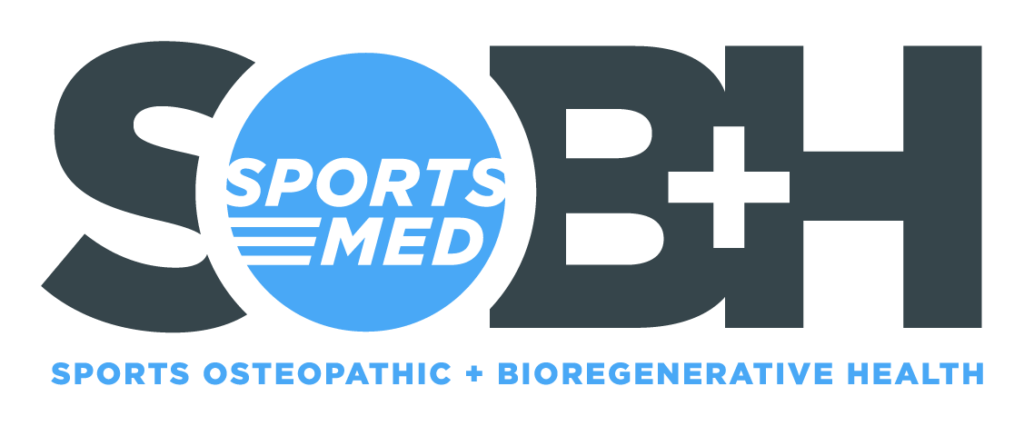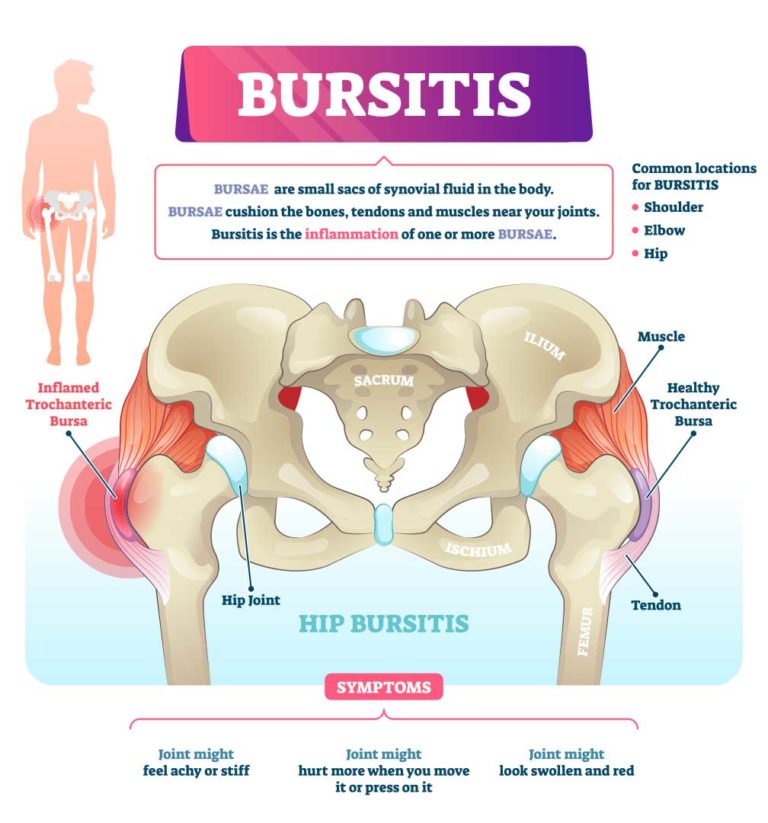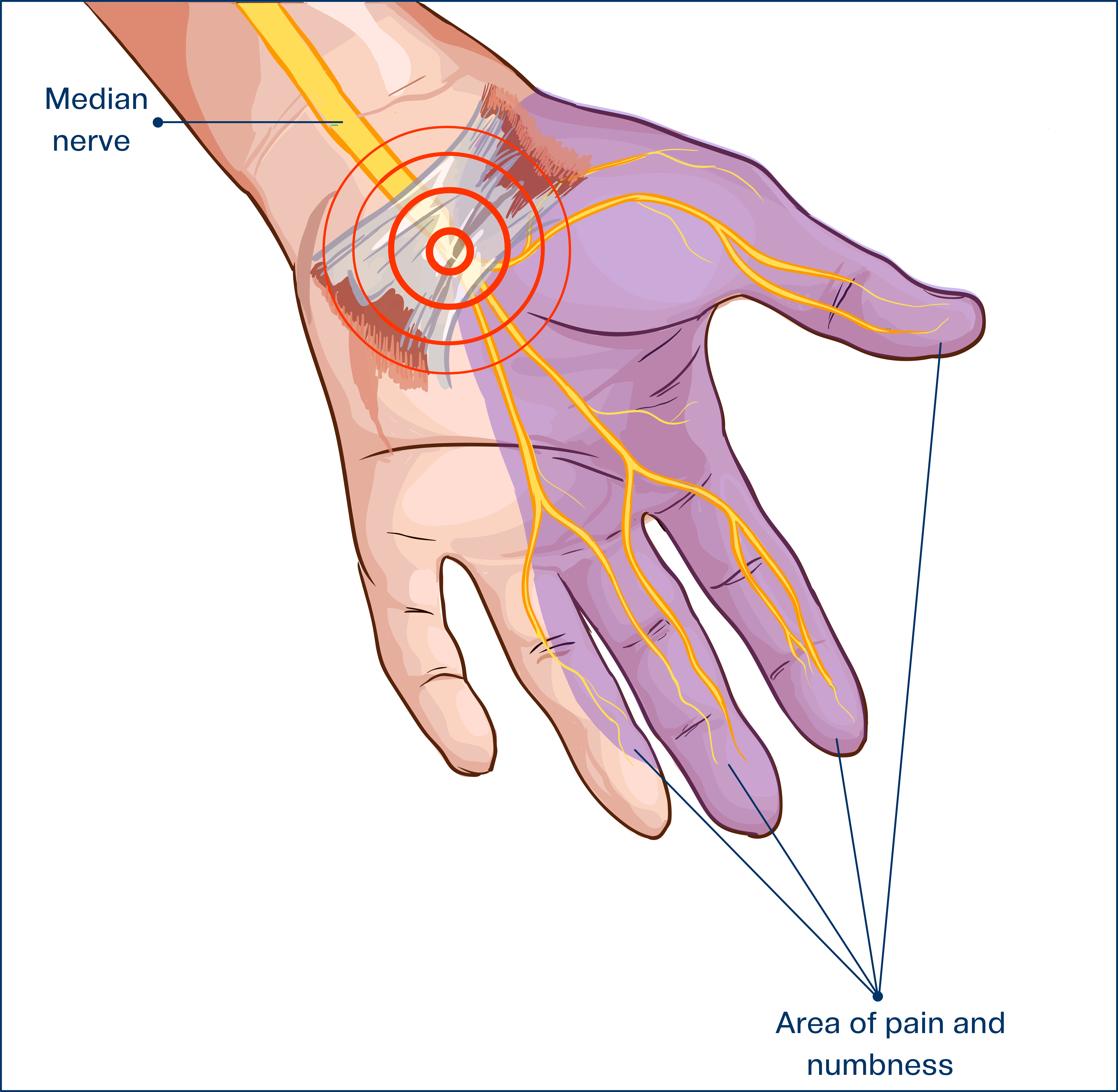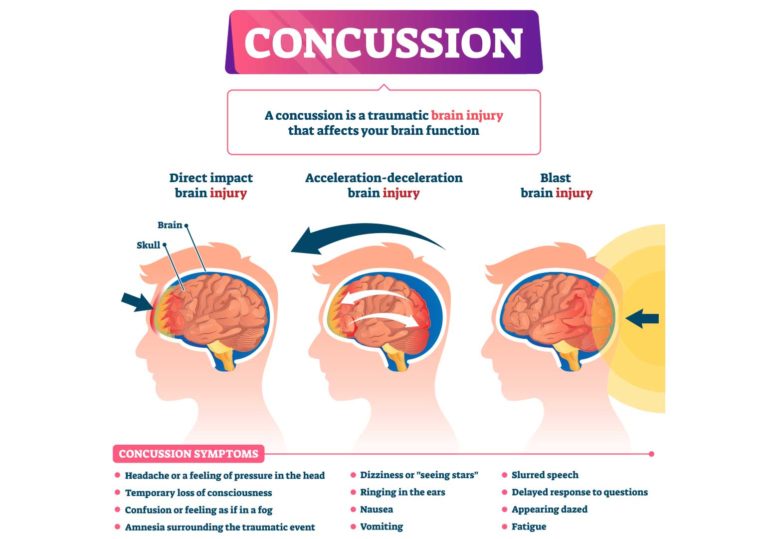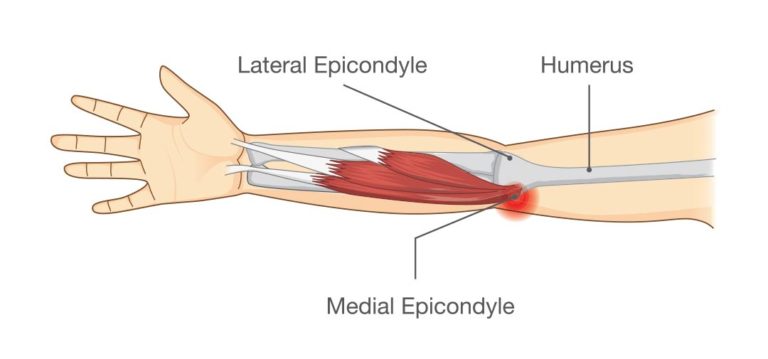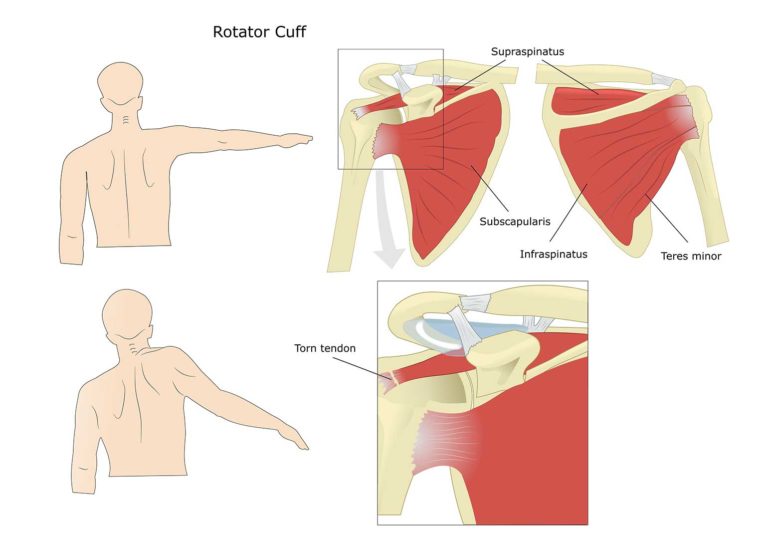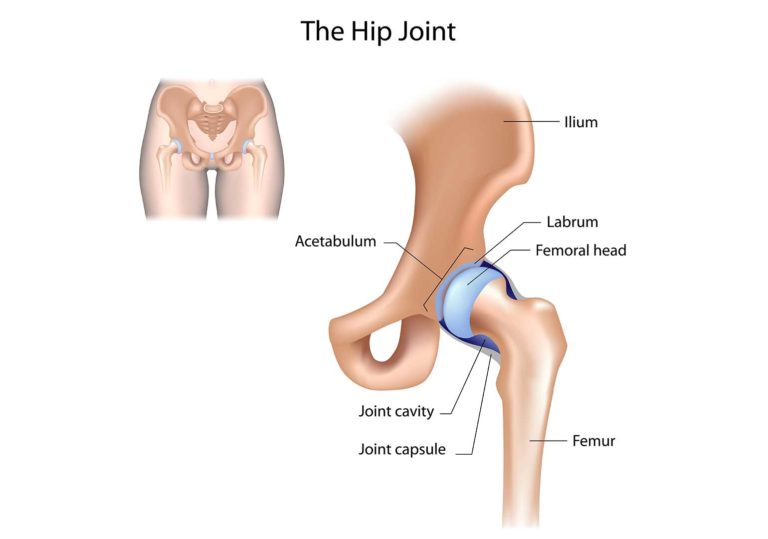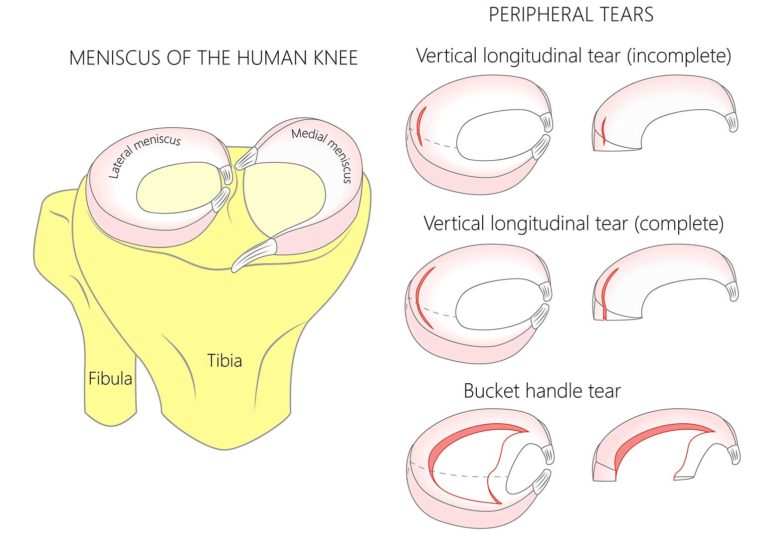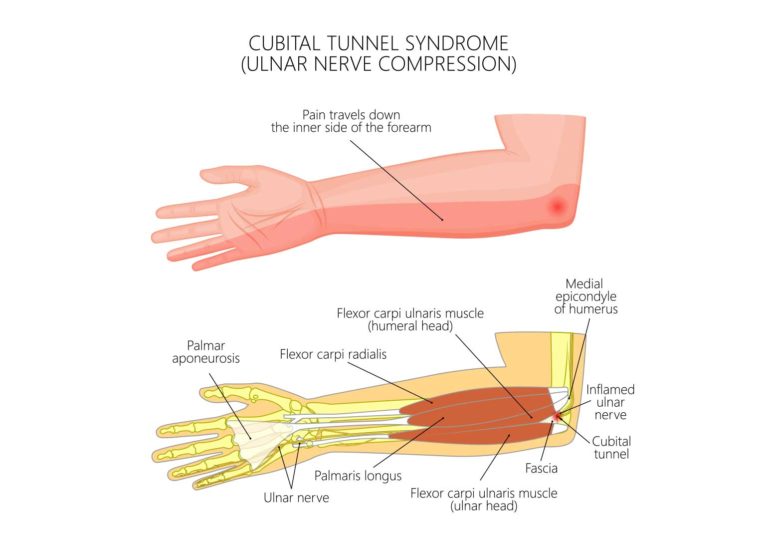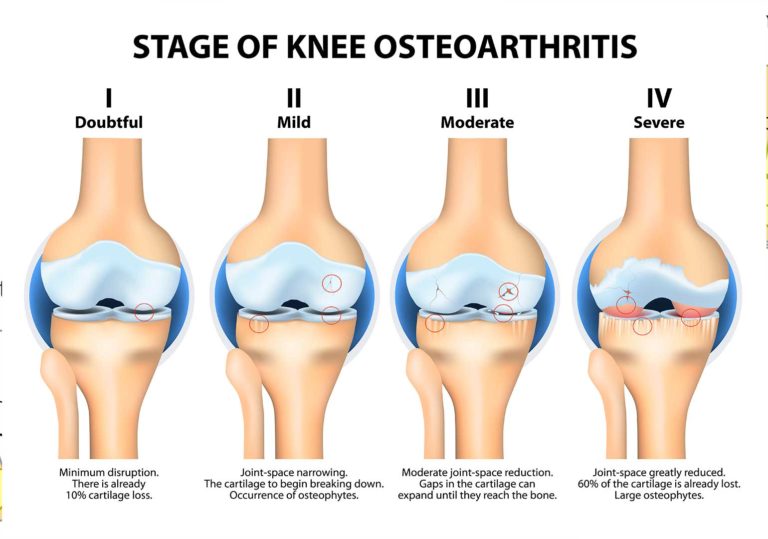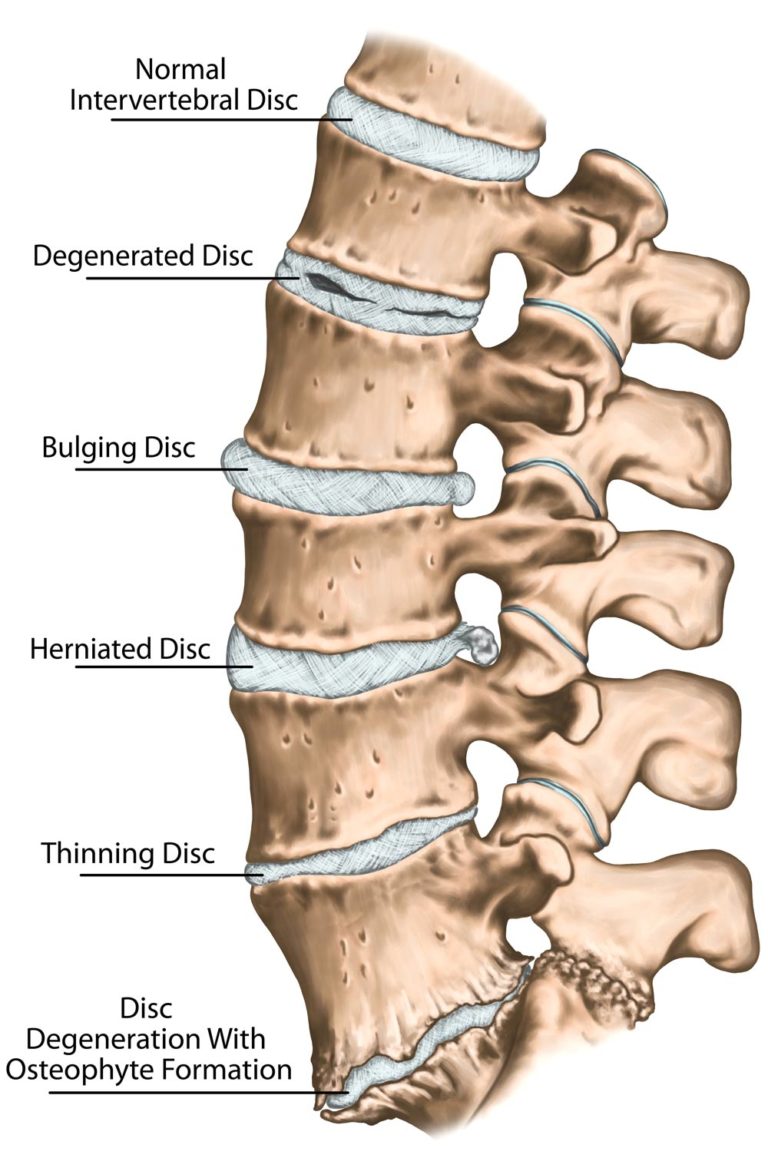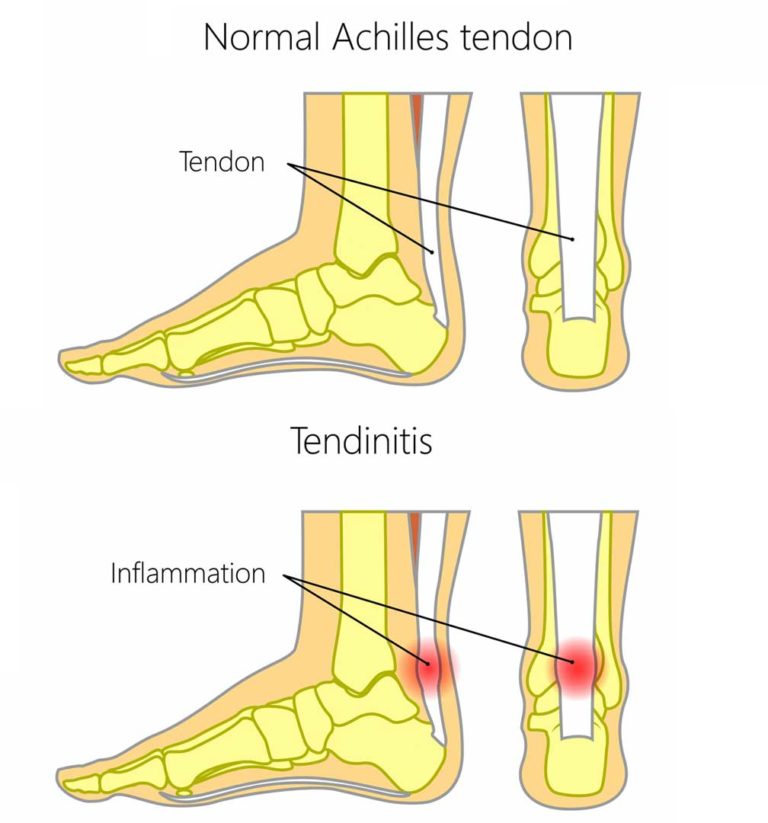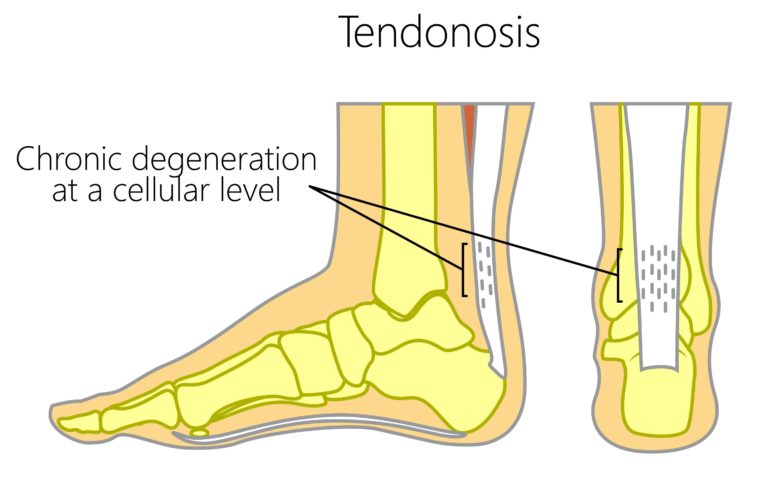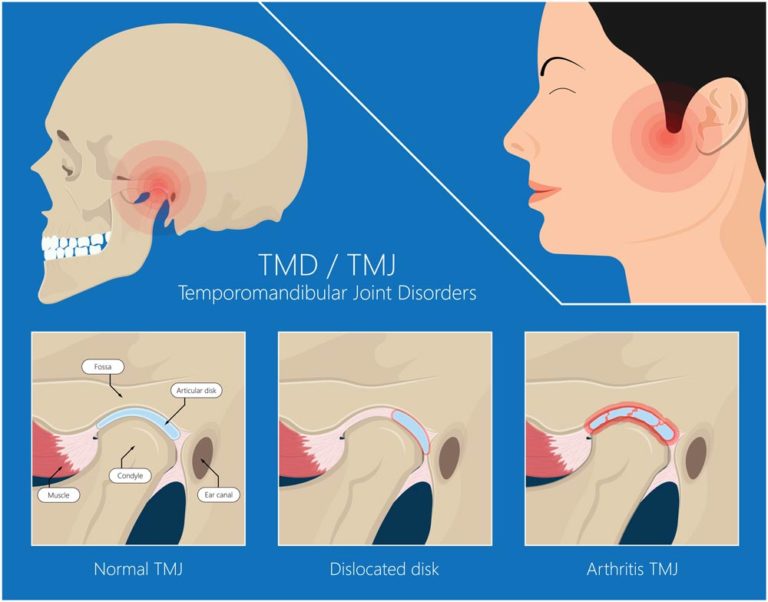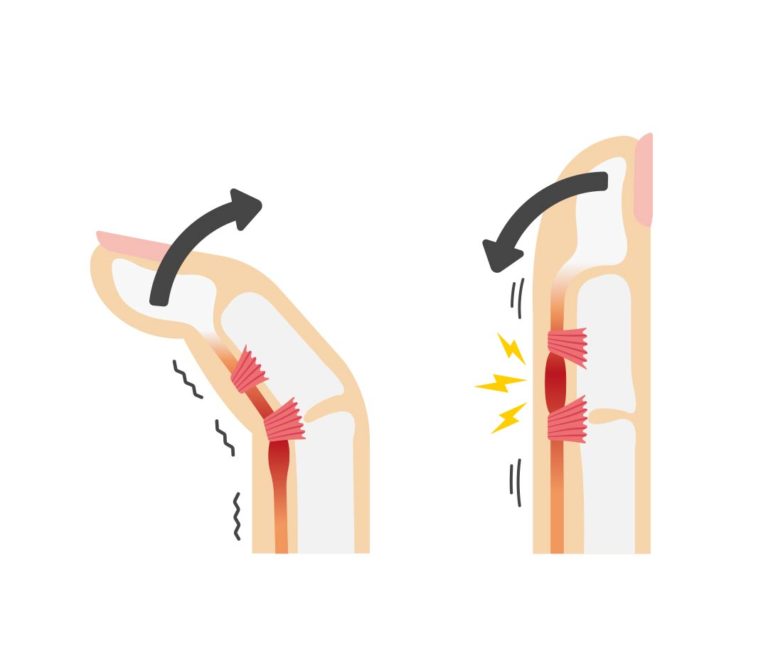ABOUT
Dr. NADER SOBH, D.O.
Dr. Sobh is a sports medicine physician who specializes in nonsurgical orthopedic treatment options, regenerative medicine (PRP), and Osteopathic Manipulative Treatments. Dr. Sobh attended the University of California, Riverside where he majored in Biology. He attended medical school at Western University of Health Sciences in Southern California, which is where his discovery of Osteopathic Manipulative Treatments sparked his interest in the field of sports medicine. He continued his rigorous medical training in family medicine at College Medical Center in Long Beach, CA. He then completed a sports medicine fellowship at Cal State Northridge, where he treated Division 1 athletes, and the Southern California Orthopedic Institute, where he gained experience in general orthopedics and cutting-edge procedures like platelet-rich plasma and stem cell injections.
In his spare time, Dr. Sobh enjoys trying new restaurants, experimenting with different recipes, finding interesting museums, traveling, and exercising. He has ridden once and volunteered twice for the AIDS/Lifecyle, which is a charity cycling ride from San Francisco to Los Angeles, a total of 545 miles in seven days.
Dr. Sobh thoroughly explains your diagnosis and he will work with you to find the best treatment plan to improving your quality of life and help get you back to living!
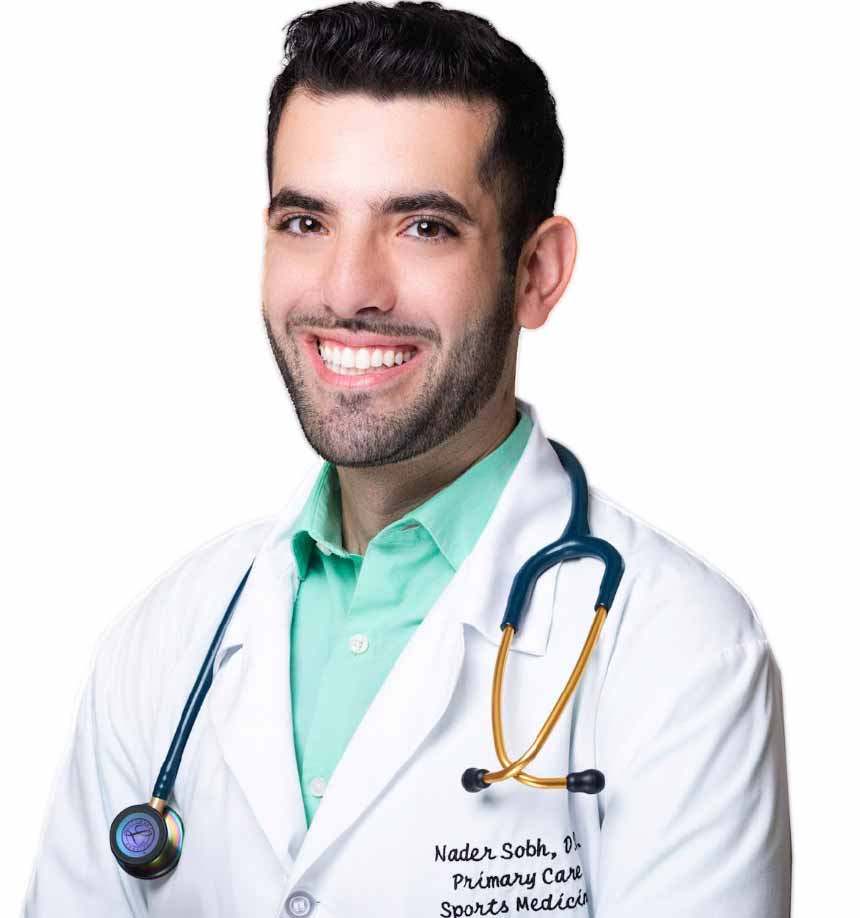
TREATMENT AREAS
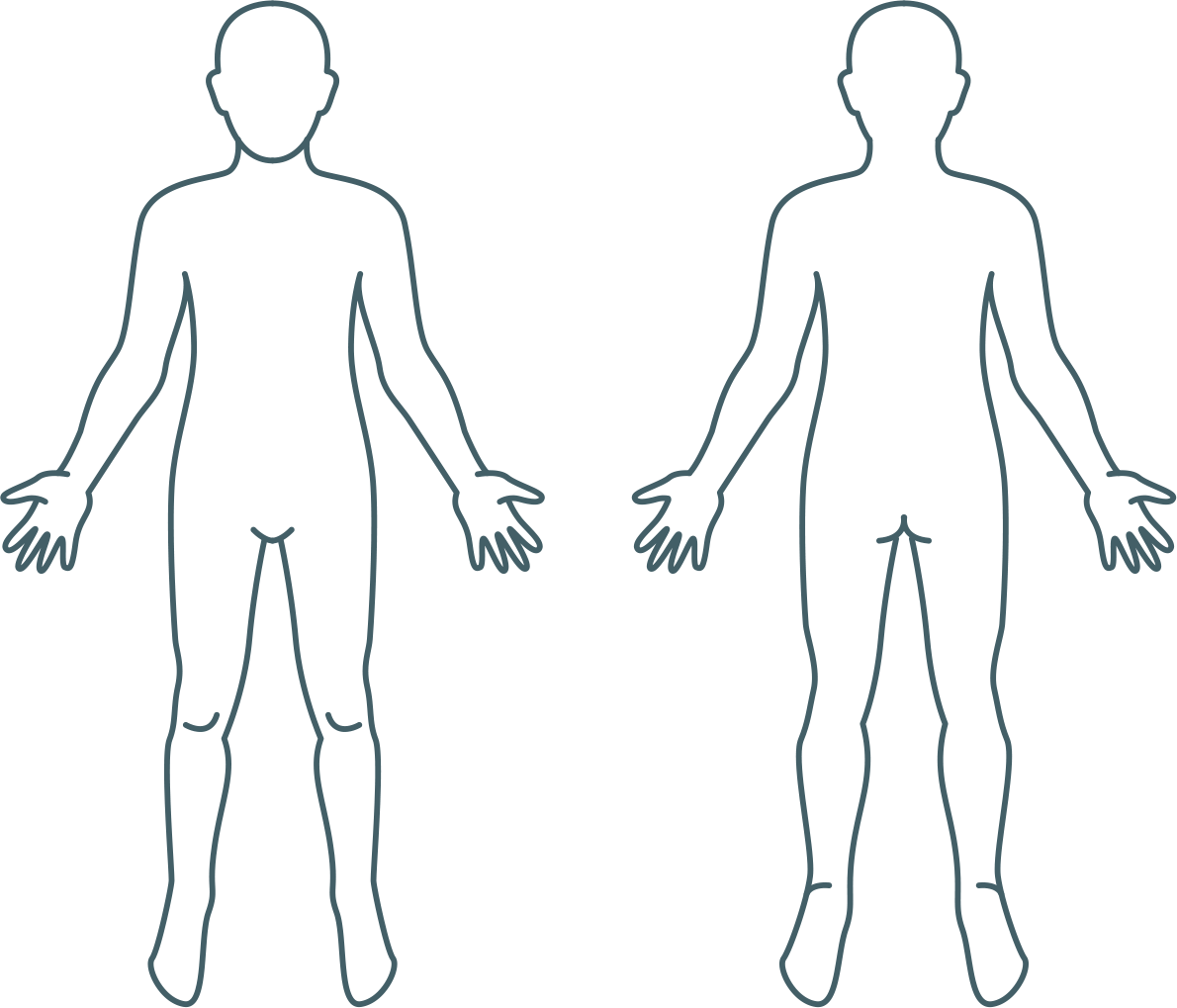
TREATMENT AREAS
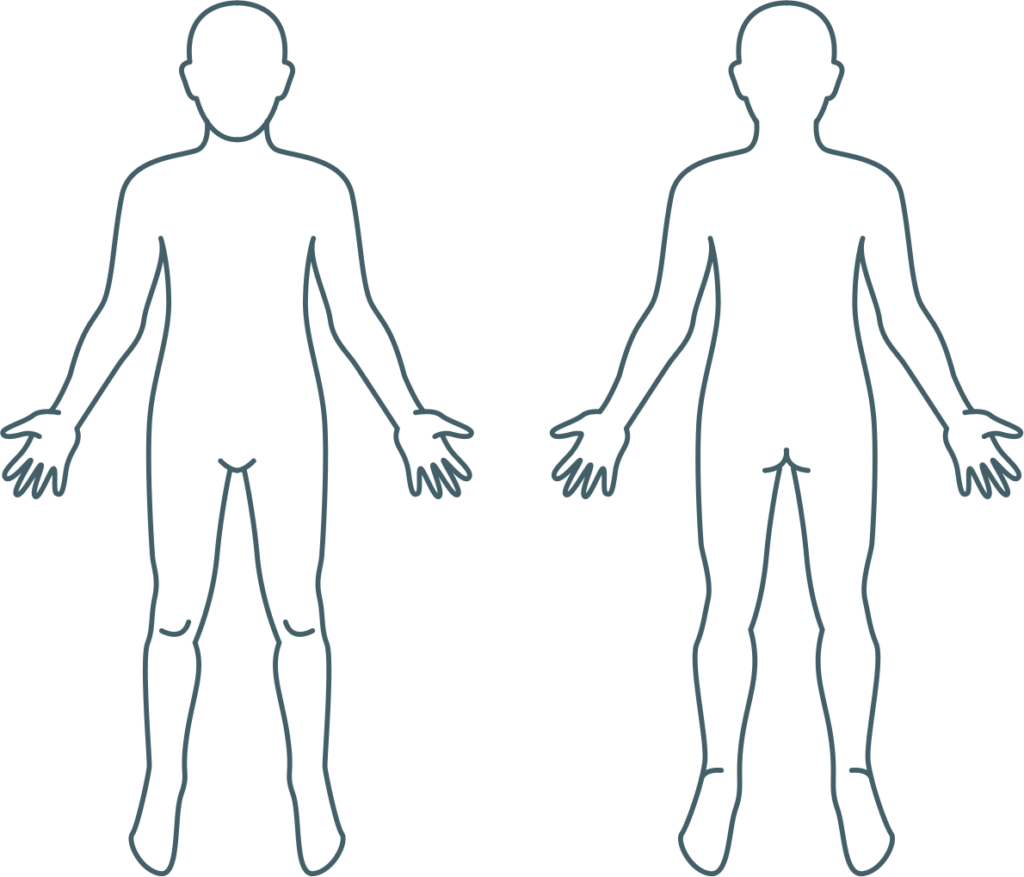
UPPER BODY
SHOULDER
impingement, rotator cuff tear, osteoarthritis, separated shoulder, subacromial bursitis, labral tear, shoulder instability/multi-directional instability (MDI), winged scapula
ELBOW
lateral epicondylosis (tennis elbow), medial epicondylosis (golfer’s elbow), cubital tunnel syndrome, nerve entrapments, osteoarthritis
WRIST & HAND
carpal tunnel syndrome, De Quervain’s tenosynovitis, TFCC tear/sprain, trigger finger, ganglion cyst, CMC arthritis, finger arthritis
CONCUSSION CARE
LOWER BODY
HIP
IT band syndrome of the hip (trochanteric bursitis), impingement, labral tear, tendinitis, hamstring strain, valgus weakness, snapping hip, osteoarthritis, labral degeneration, gluteal tendinosis
KNEE
osteoarthritis, patellofemoral pain syndrome (runner’s knee), patellar tendinitis/tendinosis, MCL sprain, ACL sprain, meniscus tear, Baker’s cyst, jumper’s knee, IT band syndrome, meniscus tears, Baker’s Cyst
ANKLE & FOOT
ankle sprain, ankle instability, plantar fasciitis, Achilles tendinitis/tendinosis, collapsed foot, peroneal and other tendinitis, tarsal tunnel syndrome, stress fracture, Jones fracture, chronic exertional compartment syndrome, metatarsalgia, osteoarthritis
SPINE
Neck pain, low back pain (with and without sciatica), midback pain, rib pain/hypomobility
Terms & Treatments
Bursitis
Bursitis is very painful condition in which the bursa becomes inflamed from repetitive movements and weak supporting muscles. Imagine the bursa as a ziplock baggie without anything inside it. The bursa sits between and tendon and bone (bone, bursa, tendon) to help with gliding. Bursitis happens when the tendon rubs too much over the bursa, causing pain and inflammation. Treatments include a cortisone shot to help get rid of the pain/inflammation and a proper physical therapy regimen to help prevent it from coming back.
Carpal Tunnel Syndrome
Carpal Tunnel Syndrome presents as numbness/tingling in the thumb, index finger, middle finger, and sometimes the ring finger. It can sometimes cause weakness, making it difficult to enjoy simple pleasures like holding a cup of coffee. The cause of carpal tunnel syndrome is overuse and inflammation of the tendons of the wrist. That swelling causes tightness around the median nerve, which causes the symptoms above.
Concussion
By definition, a concussion is any hit to the head with any neurological symptom, as simple as bumping your head and seeing stars. The good news is that most people improve fairly quickly, but If a concussion is not cared for properly, the recovery can be prolonged and residual symptoms can develop.
Impingement Syndrome and Rotator Cuff Tears
The rotator cuff is a group of four deep shoulder muscles that work together to help stabilize your shoulder. Sometimes, one of those tendons (the supraspinatus) can get pinched under the acromion (part of the wing bone), and over time this repetitive pinching can cause tears. This pinching is called impingement, which if left untreated may lead to tendon tears which do not heal themselves. Fortunately, there are nonsurgical treatment options available.
Labral Tear
The labrum is cartilage in your hip and your shoulder that helps stabilize the joint. Imagine the joint as a golf ball on a tee. The labrum is the extended cartilage around the tee so that the golf ball is more stable. Sometimes tears can happen in the labrum and platelet rich plasma (PRP) can help heal the tear without surgery!
Meniscal Tear
The meniscus is a type of cartilage that is shaped like a C that is in the knee. It can sometimes tear and become chronically painful. Most of the time, surgical treatments involve removing the torn meniscus, which can cause arthritis in your knee within years. Platelet rich plasma (PRP) can help heal the torn meniscus without surgery and the risk of arthritis.
Osteoarthritis
Osteoarthritis describes a chronic painful wear and tear of cartilage in any joint, most commonly in the knees, hips, and shoulders. Cartilage is a cushion in each joint. Cartilage does not heal itself because there is not much blood flow. Not to worry! There are many nonsurgical treatments available, including cortisone, viscosupplementation, and platelet-rich plasma (PRP).
Osteopathic Manipulative Treatment (OMT)
Osteopathic Manipulative Treatment (OMT) is a technique where I use my hands to treat muscle and joint pains. I like to explain it as a different flavor of a combination of what chiropractors and physical therapists offer. The most common problems I treat with OMT are low back pain, neck pain, rib pain, and temporomandibular joint (TMJ) pains. I tailor each treatment to what you need, and I integrate OMT as part of your overall care to getting you back to activity and enjoying life!
Plantar Fasciitis
The plantar fascia is a thick ligament-like structure that starts at the heel of the foot and spans to the toes. Sometimes this ligament can become thickened over time and cause pain at the heel, especially with the first few steps after waking up. Despite its name, plantar fasciitis is not a true inflammatory disease. Treatment options are plentiful
Tendinosis
Tendinosis (Golfer’s and Tennis Elbow, Jumper’s Knee, and more) is a painful non-inflammatory condition of a tendon because of wear and tear over time. This is the low-grade, annoying, achy pain that won’t go away. A tendinosis does not heal itself because tendons do not have good blood flow. This condition is aggravating but there are many treatment options, including PRP, which can help heal the tendon and significantly reduce pain.
Procedures
Corticosteroid
Corticosteroid (cortisone) shots are a great starter option for many conditions, including tendinitis. Cortisone may help improve the pain from inflammation, but it has a bad reputation because of its misuse in the past. However, if it is used responsibly, it is very effective treatment option.
Viscosupplementation
Viscosupplementation (hyaluronic acid injections/ “gel shots”) is a once a week lubrication injection for three weeks to help with the cushioning and pain in your arthritic joints. It is a natural substance your body makes, and there is no downside. The treatment can be effective for 6-12 months, and even longer.
Platelet rich plasma (PRP) is a cutting-edge treatment for tendon tears, osteoarthritis, hair regrowth, facial rejuvenation, and more. We take your blood, spin it in a centrifuge, and inject the platelets under ultrasound guidance. Platelets have growth factors that can provide significant pain relief and even regenerate damaged tissue without surgery. PRP is a fantastic method to get you back to living your life with less down time and pain than surgery.
